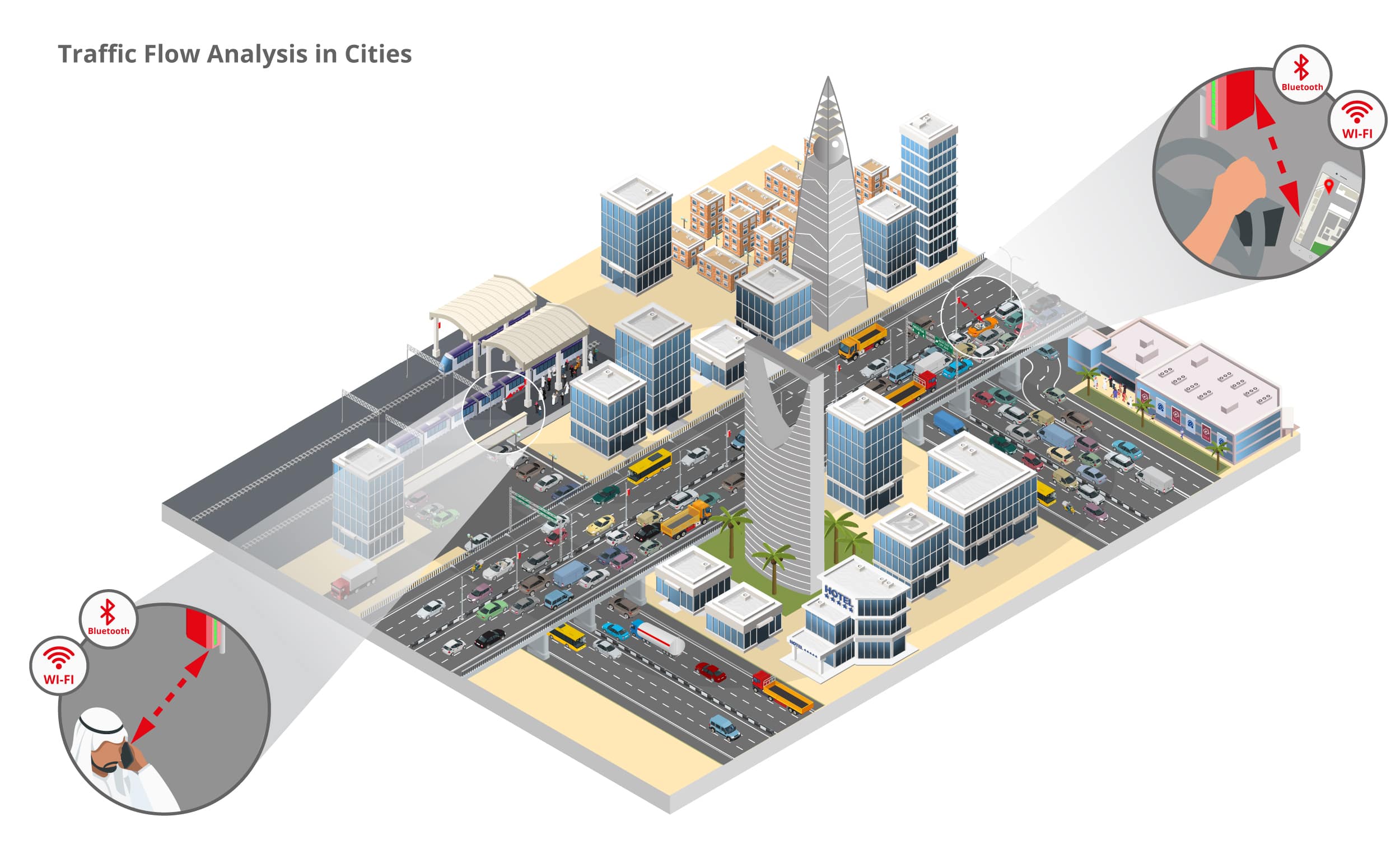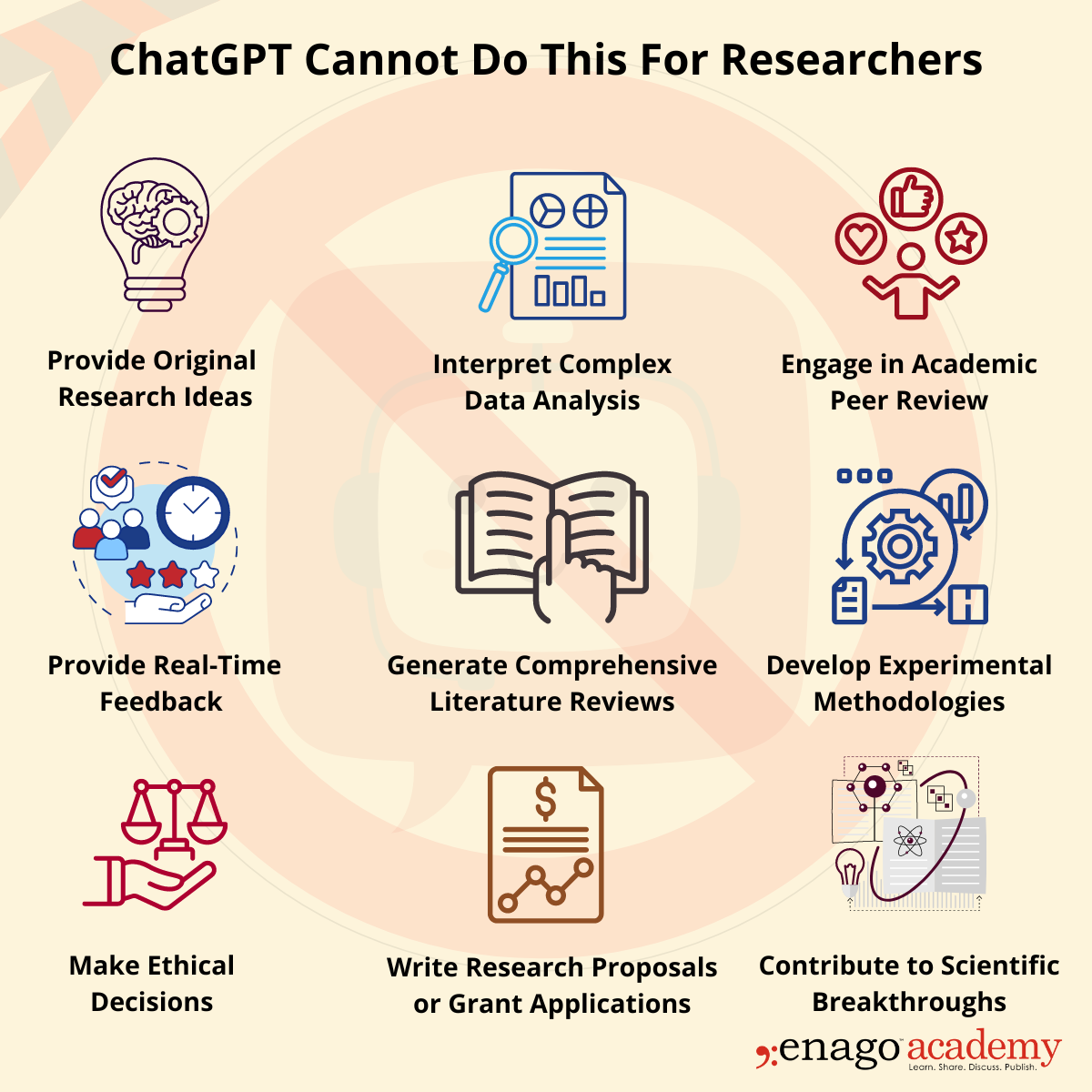How can we make our daily commute more efficient? Unveiling The M56: A Comprehensive Analysis Of Traffic Flow And Congestion Patterns For Enhanced Commuting has the answers.
Editor's Notes: "Unveiling The M56: A Comprehensive Analysis Of Traffic Flow And Congestion Patterns For Enhanced Commuting" have published today date. Traffic congestion is a major issue in many cities around the world. It can waste time, fuel, and money, and it can also contribute to air pollution and other environmental problems. That's why it's so important to find ways to improve traffic flow and reduce congestion.
Our team of experts has done some analysis, digging information, made Unveiling The M56: A Comprehensive Analysis Of Traffic Flow And Congestion Patterns For Enhanced Commuting we put together this Unveiling The M56: A Comprehensive Analysis Of Traffic Flow And Congestion Patterns For Enhanced Commuting guide to help target audience make the right decision.
Key differences or Key takeways:
| Unveiling The M56: A Comprehensive Analysis Of Traffic Flow And Congestion Patterns For Enhanced Commuting | |
|---|---|
| Importance | Provides valuable insights into traffic flow and congestion patterns on the M56 motorway. |
| Benefits | Helps commuters identify and avoid congestion hotspots, plan their journeys more effectively, and reduce their travel times. |
| Target audience | Commuters, transport planners, and anyone interested in improving traffic flow on the M56 motorway. |
Transition to main article topics
FAQ
Unveiling The M56: A Comprehensive Analysis Of Traffic Flow And Congestion Patterns For Enhanced Commuting Unveiling The M56: A Comprehensive Analysis Of Traffic Flow And Congestion Patterns For Enhanced Commuting provides a thorough examination of traffic patterns and congestion trends on the M56 motorway. To clarify any potential misconceptions or address frequently asked questions, this FAQ section has been compiled.

Commuting: an overlooked stress factor for employees - Source www.mobilitytechgreen.com
Question 1: What are the primary causes of congestion on the M56?
Answer: Congestion on the M56 primarily stems from a combination of factors, including high traffic volume during peak hours, incidents such as accidents or breakdowns, roadworks or maintenance activities, and adverse weather conditions.
Question 2: What measures are being implemented to alleviate congestion on the M56?
Answer: Various strategies are being employed to address congestion on the M56, such as implementing smart traffic management systems, widening certain sections of the motorway, and encouraging the use of alternative modes of transportation.
Question 3: How can drivers stay informed about real-time traffic conditions on the M56?
Answer: Real-time traffic updates for the M56 are available through various channels, including traffic news broadcasts, mobile applications, and dedicated websites maintained by transportation authorities.
Question 4: What are the recommended alternative routes to avoid congestion on the M56?
Answer: In cases of heavy congestion on the M56, alternative routes may include the A556, A56, or M60 motorways, depending on the specific origin and destination.
Question 5: Are there any plans to expand the capacity of the M56 in the future?
Answer: Future plans for the M56 include potential widening projects to increase its capacity and improve traffic flow, subject to funding availability and environmental considerations.
Question 6: How can drivers contribute to reducing congestion on the M56?
Answer: Drivers can help reduce congestion by avoiding peak travel times if possible, carpooling or using public transportation, and adhering to speed limits and safe driving practices.
The M56 remains a vital transportation artery in the region, and ongoing efforts are being made to improve its efficiency and reduce congestion. By staying informed about traffic conditions, considering alternative routes, and adopting responsible driving habits, commuters can contribute to a smoother and more efficient flow of traffic on the M56.
Refer to Unveiling The M56: A Comprehensive Analysis Of Traffic Flow And Congestion Patterns For Enhanced Commuting for further insights and analysis on this topic.
Tips
The "Unveiling The M56: A Comprehensive Analysis Of Traffic Flow And Congestion Patterns For Enhanced Commuting" report offers valuable insights and recommendations for improving traffic flow and reducing congestion on the M56 motorway. To enhance your commuting experience, consider implementing these practical tips:
Tip 1: Utilize Real-time Traffic Information
Stay informed about current traffic conditions by accessing real-time data through smartphone apps, traffic websites, or radio broadcasts. This allows you to plan alternative routes to avoid delays and make informed decisions about departure times.
Tip 2: Consider Flexible Work Hours
If possible, adjust your work schedule to avoid peak commuting hours. By starting or finishing work earlier or later, you can minimize exposure to heavy traffic and reduce your overall commute time.
Tip 3: Utilize Park and Ride Facilities
Take advantage of park and ride facilities located near motorway junctions. Parking your vehicle at these designated areas and commuting via public transport or shuttle services can significantly reduce traffic on the motorway during peak hours.
Tip 4: Promote Carpooling and Ride-sharing
Encourage carpooling among colleagues or neighbors who live in close proximity. By sharing rides, you can reduce the number of vehicles on the road and contribute to alleviating traffic congestion.
Tip 5: Be Courteous and Respectful
Remember to practice courtesy and respect while driving. Obey traffic laws, avoid aggressive behavior, and maintain a safe following distance. By driving defensively, you help maintain smooth traffic flow and reduce the risk of incidents.
Tip 6: Stay Informed about Planned Roadworks
Check official traffic updates regularly to be aware of any planned roadworks or maintenance activities that may impact your commute. By anticipating these events, you can plan alternative routes or adjust your departure time to minimize delays.
Tip 7: Use Smart Technology to Enhance Your Commute
Consider using navigation apps that provide real-time traffic updates and suggest alternative routes. These apps can save you time and reduce stress by guiding you through less congested roads.
Tip 8: Be Patient and Plan Ahead
Accept that traffic congestion is an inevitable part of commuting in urban areas. Plan your journey with ample time to spare to avoid unnecessary stress. Embracing a patient mindset can make your daily commute more manageable.
In conclusion, by implementing these practical tips, commuters can effectively mitigate the challenges of traffic congestion and improve their overall commuting experience on the M56 motorway.
Unveiling The M56: A Comprehensive Analysis Of Traffic Flow And Congestion Patterns For Enhanced Commuting
To optimize traffic flow and minimize congestion on the M56, it is crucial to analyze its intricate patterns. This comprehensive analysis explores six key aspects:
- Peak Travel Times: Identifying periods of maximum traffic volume
- Congestion Hotspots: Pinpointing specific locations prone to frequent congestion
- Incident Frequency: Analyzing the occurrence and impact of accidents and incidents
- Traffic Flow Dynamics: Understanding the patterns of vehicle movement and interactions
- Commuter Behavior: Examining the travel habits and preferences of M56 users
- Infrastructure Constraints: Assessing the physical limitations and design features affecting traffic flow
By unraveling these patterns, we gain invaluable insights into the challenges faced by commuters. This knowledge empowers policymakers and traffic engineers to develop targeted interventions, such as adjusting signal timings, implementing intelligent transportation systems, and improving road infrastructure. Ultimately, this analysis paves the way for a smoother and more efficient commuting experience on the M56.

infsoft Use Case: Traffic Flow Analysis in Cities - Source www.infsoft.com
Unveiling The M56: A Comprehensive Analysis Of Traffic Flow And Congestion Patterns For Enhanced Commuting
Delving into the intricate relationship between traffic flow, congestion patterns, and the M56, this analysis reveals the profound impact of understanding these dynamics for enhanced commuting. By identifying patterns, causes, and effects, the study provides valuable insights into optimizing traffic management and alleviating congestion on the M56, ultimately improving the commuting experience for countless individuals.

Cosas que los investigadores no deben esperar del ChatGPT | Universo - Source universoabierto.org
Through meticulous data analysis and real-life examples, the study establishes a direct correlation between specific traffic flow patterns and the occurrence of congestion on the M56. By pinpointing these relationships, the research team has paved the way for targeted interventions designed to mitigate congestion pain points and enhance overall traffic flow.
Practical applications of this understanding extend far beyond theoretical insights. The analysis has provided actionable recommendations for policymakers, traffic engineers, and urban planners, guiding decision-making processes that aim to reduce congestion, improve commuting times, and enhance the quality of life for those who rely on the M56 as a vital transportation artery.
Conclusion
In closing, the comprehensive analysis of the M56's traffic flow and congestion patterns has shed light on the intricate interplay between these factors, empowering stakeholders with the knowledge needed to make informed decisions and implement targeted strategies. The findings underscore the critical importance of ongoing monitoring, data analysis, and a collaborative approach to traffic management, all of which will shape the future of commuting on the M56 and beyond.
As technology advances and transportation systems evolve, the lessons learned from this analysis will continue to guide efforts to enhance commuting experiences, reduce congestion, and promote sustainable mobility. By embracing innovation, fostering collaboration, and leveraging data-driven insights, we can create a future where seamless and efficient commuting becomes a reality for all.
